Welcome back! Today, we’re diving into the world of wedge shots and exploring how the BX1 can revolutionize your short game. Whether you’re in the bunker, on the fairway, or in the rough, understanding the differences between the BX1 and traditional wedges can elevate your game significantly.
The BX1: A Game Changer
The BX1 is designed with a unique feature that allows it to glide through the sand effortlessly, minimizing the risk of digging. This means you don’t have to open the face like you would with a traditional sand or lob wedge. To demonstrate this, I’ve set up a shot aimed at a target marked by a white alignment stick on the green.
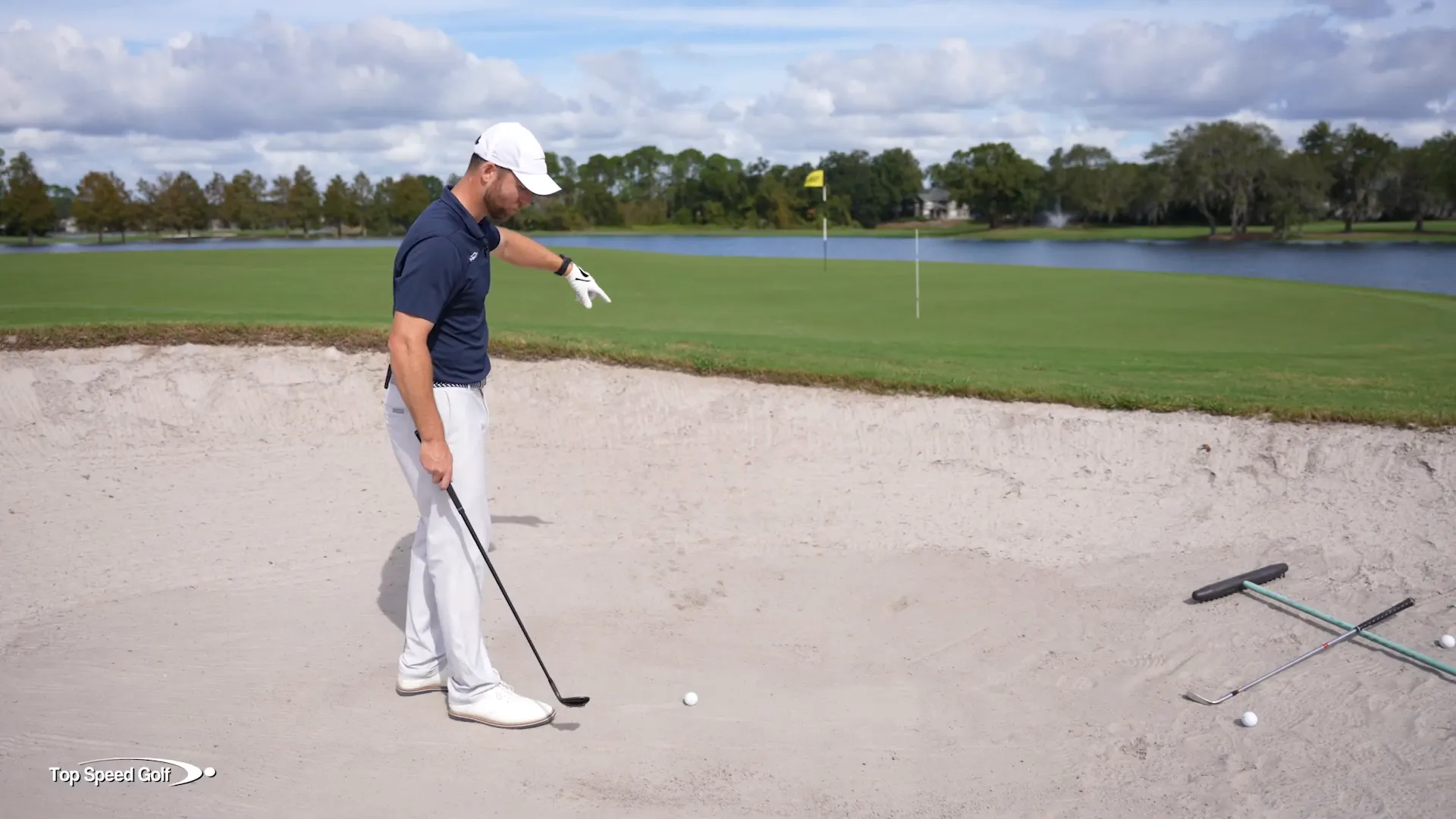
Adjusting for Distance
When using the BX1, the only adjustment you need to make is the length of your backswing. For shorter shots, take it back less; for longer shots, take it back more. Here’s how I approach different shot lengths:
- For a short shot, I might only take it back a little.
- For a mid-range shot, I take it back a bit further.
- For a full swing, I take it back fully.
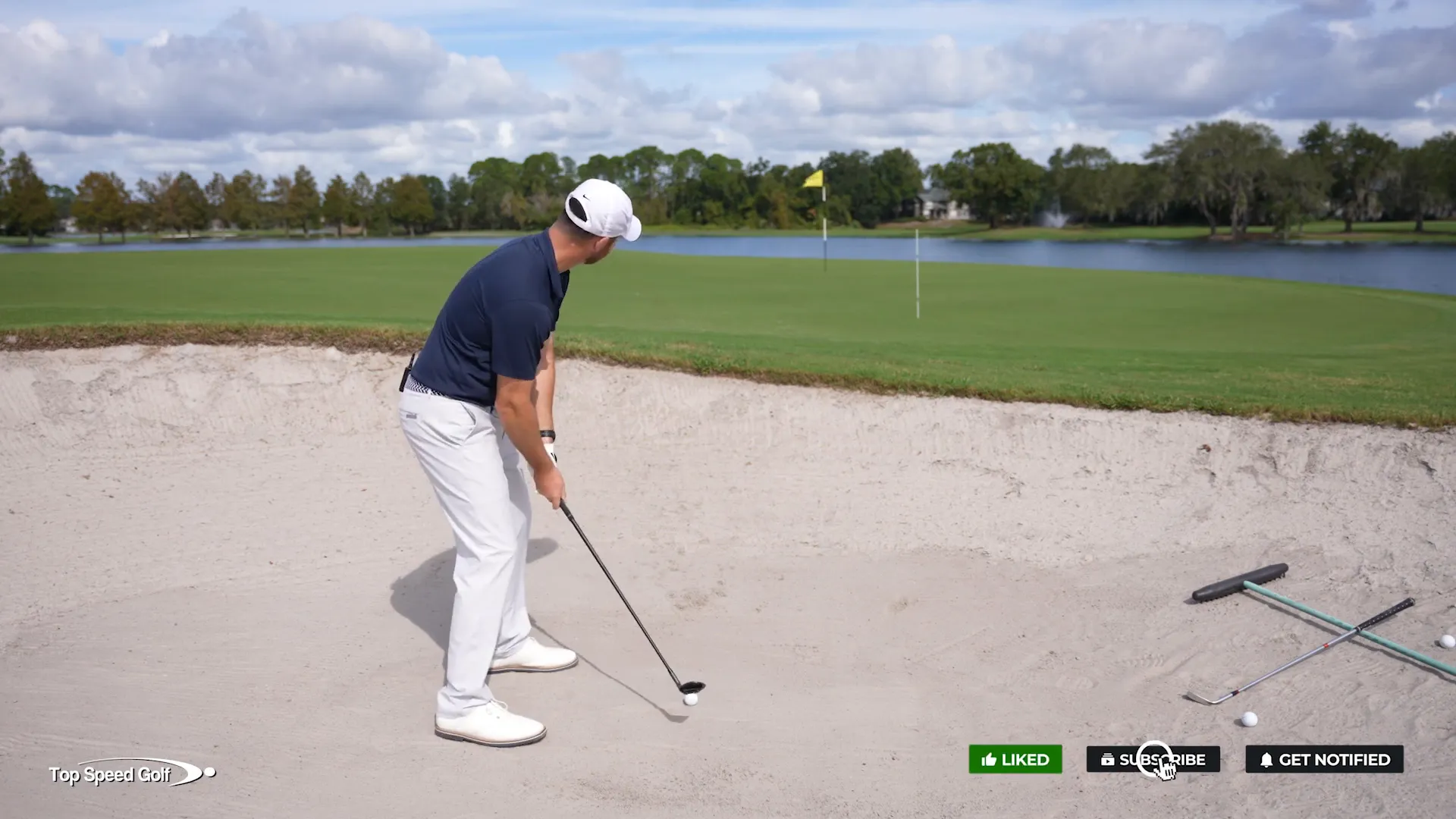
Executing Short Shots
Let’s hit a short shot with the BX1. I’m going to make a shorter backswing but still follow through completely. The result? A high, soft shot that lands nicely on the green.
Comparing with Traditional Wedges
Now, if I were to use a traditional sand wedge, say a 56-degree, I would have to make several adjustments:
- Open the face wide.
- Lower my hands significantly.
- Release the club properly to avoid chunking or thinning the shot.
These compensations can be tricky for many players. In contrast, with the BX1, I simply set up square and focus on my backswing and follow-through.
Longer Bunker Shots
Now, let’s tackle a longer bunker shot, around 30-35 yards. With the BX1, I adopt a normal stance and swing a little further back, making sure to finish my swing. This club’s design allows me to swing confidently without worrying about the bounce as much.
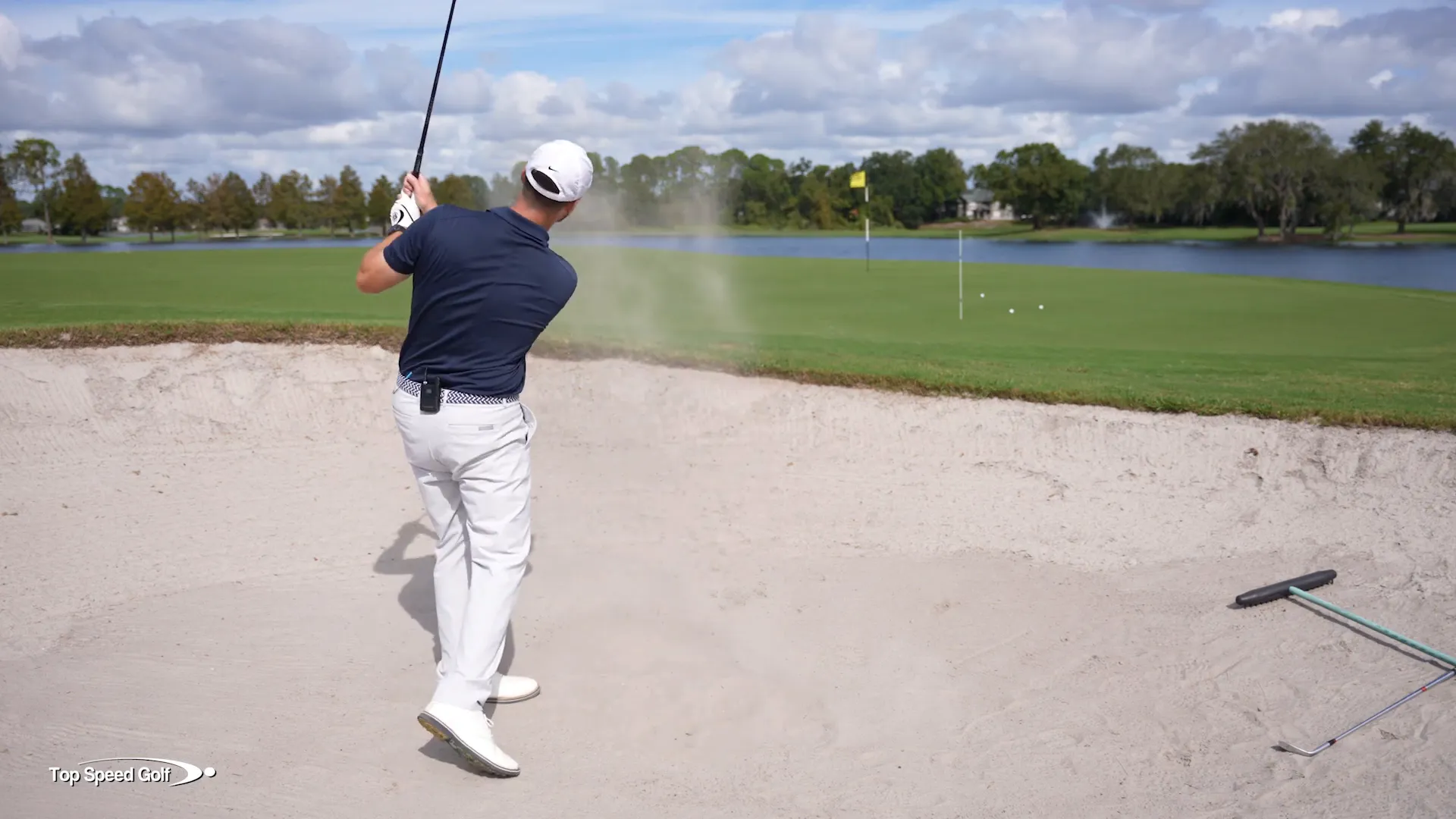
Traditional Wedge Challenges
Using a traditional wedge for the same shot requires careful judgment on how much to open the face and how hard to swing. This variability can lead to inconsistent results. However, the BX1 simplifies this process, allowing for a more straightforward approach.
The Toughest Shot: The 60-Yard Bunker Shot
Let’s face it: the 60-yard bunker shot is often considered one of the toughest in golf. With a traditional sand wedge, I have to manage multiple variables, including the angle of the face and the swing speed. If I don’t get it just right, I risk overshooting the green or leaving it short.
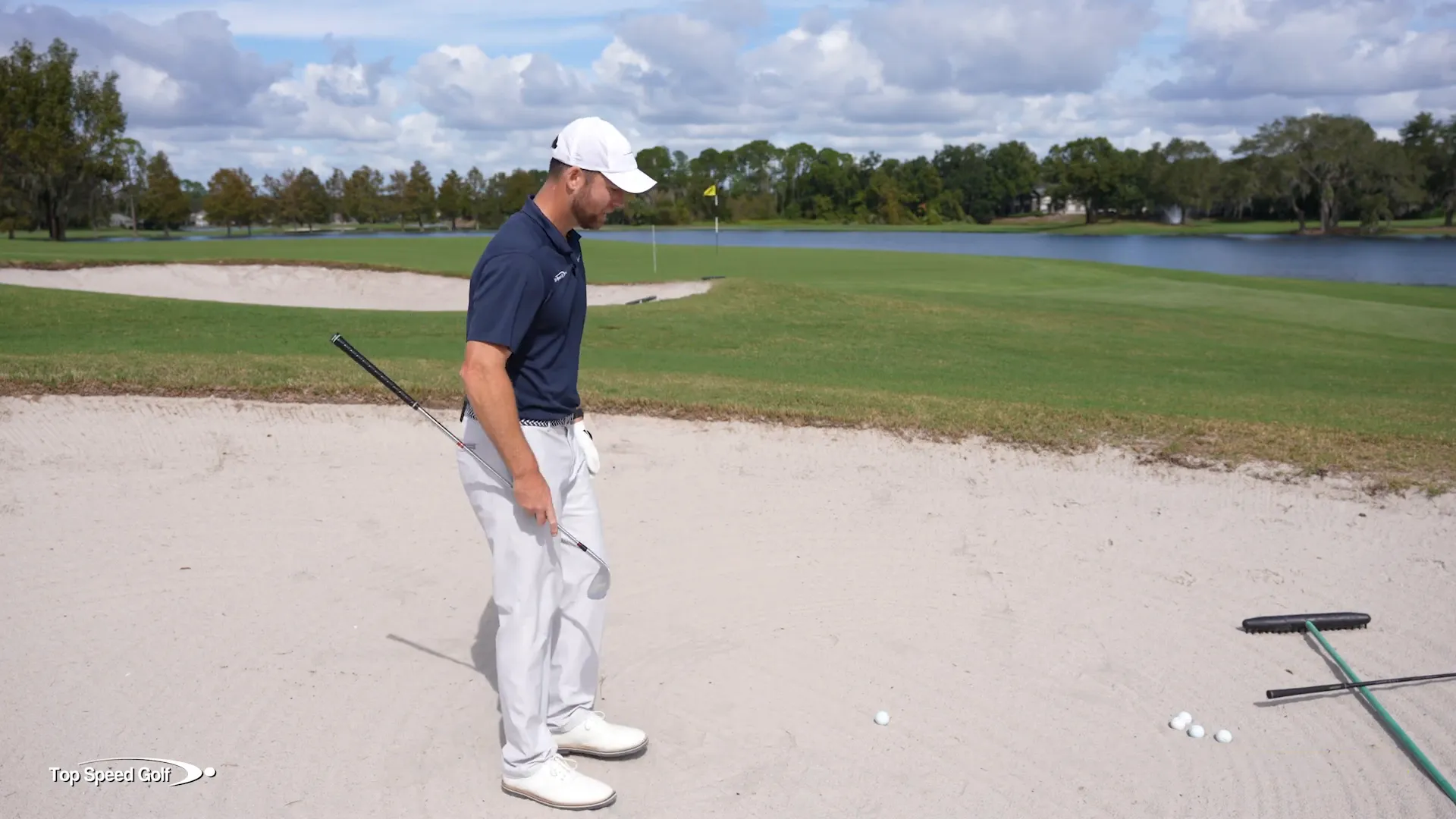
On the other hand, with the BX1, I can focus on a normal stance and swing. The club’s design helps it glide through the sand without digging too much, making it easier to get closer to the target.
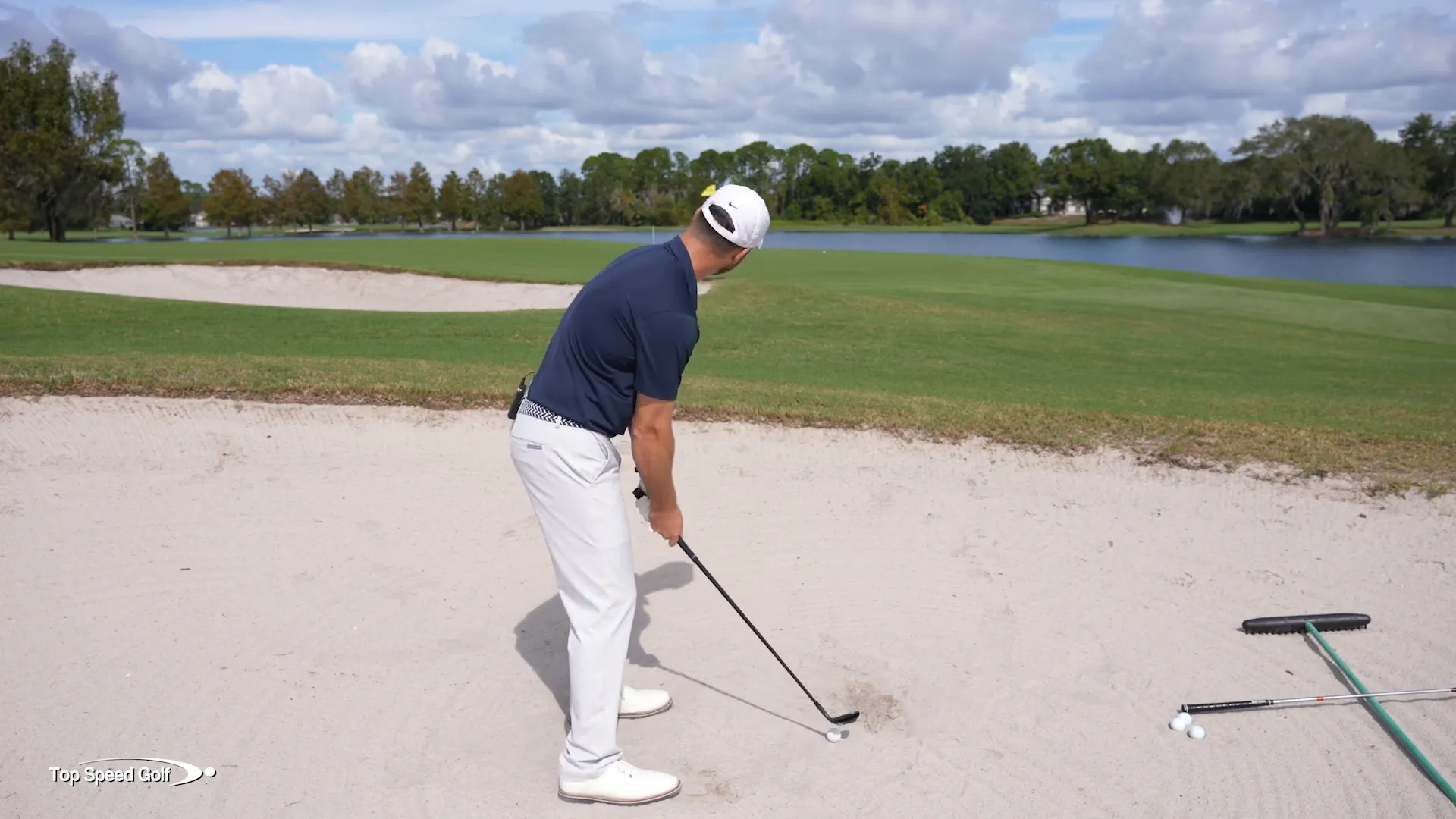
Fairway Shots with BX1
When it comes to fairway shots, the BX1 can also shine. If I need to hit a high shot onto the green, I can simply set up square and use the club’s design to help lift the ball without needing to open the face.
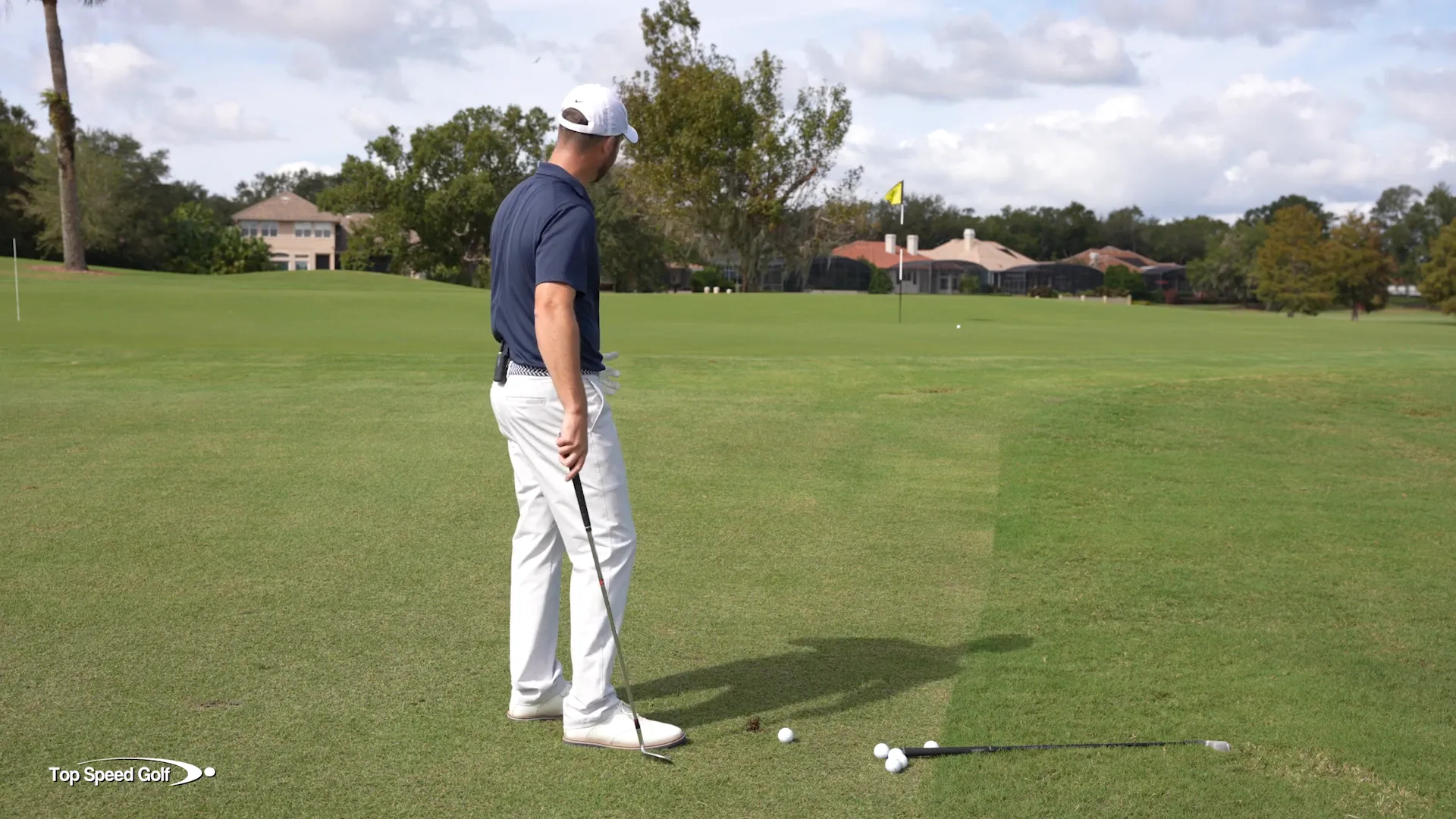
Rough Shots
Finally, let’s discuss shots from the rough. Using a traditional wedge, I must open the face and hit down hard, which can be challenging due to the thick grass. However, with the BX1, I can set it back slightly in my stance and thump the ground to achieve a clean shot.
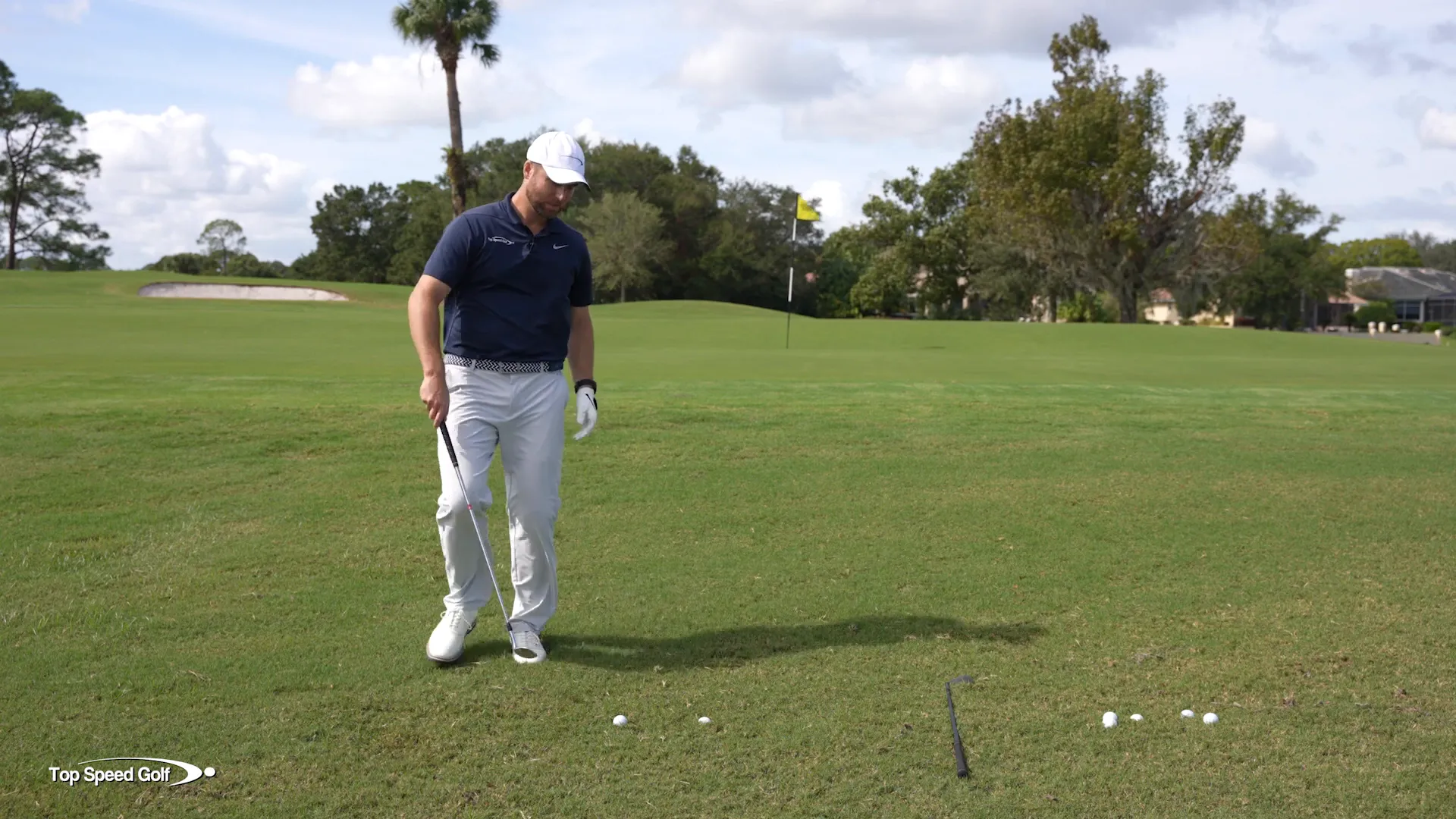
Overall, the BX1 simplifies the short game by reducing the number of compensations needed. It allows you to focus on your swing rather than worrying about the intricacies of shot setup.
Conclusion
Whether you’re a seasoned golfer or just starting, the BX1 can make a significant difference in your short game. If you want a club that offers versatility and ease of use, consider giving the BX1 a try. You might just find that hitting high, soft shots around the greens becomes much more enjoyable!
For more information on the BX1, click the link below to get yours today and start improving your short game!


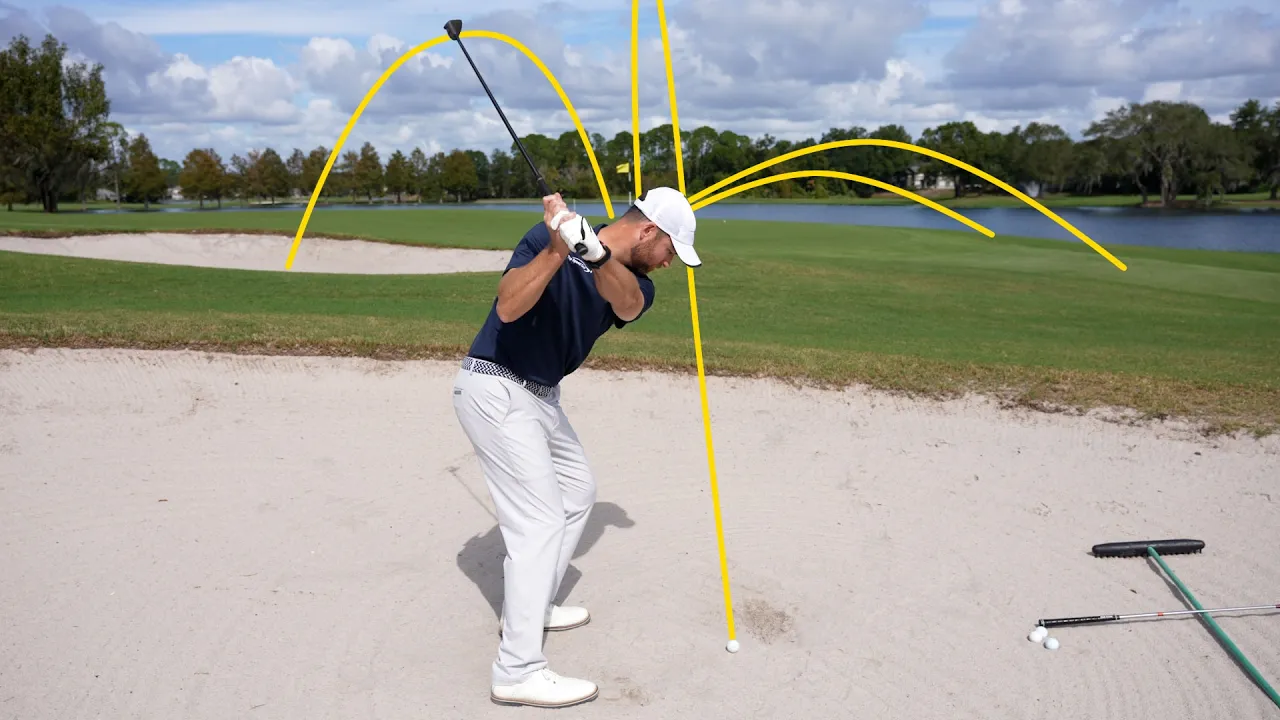
0 Comments